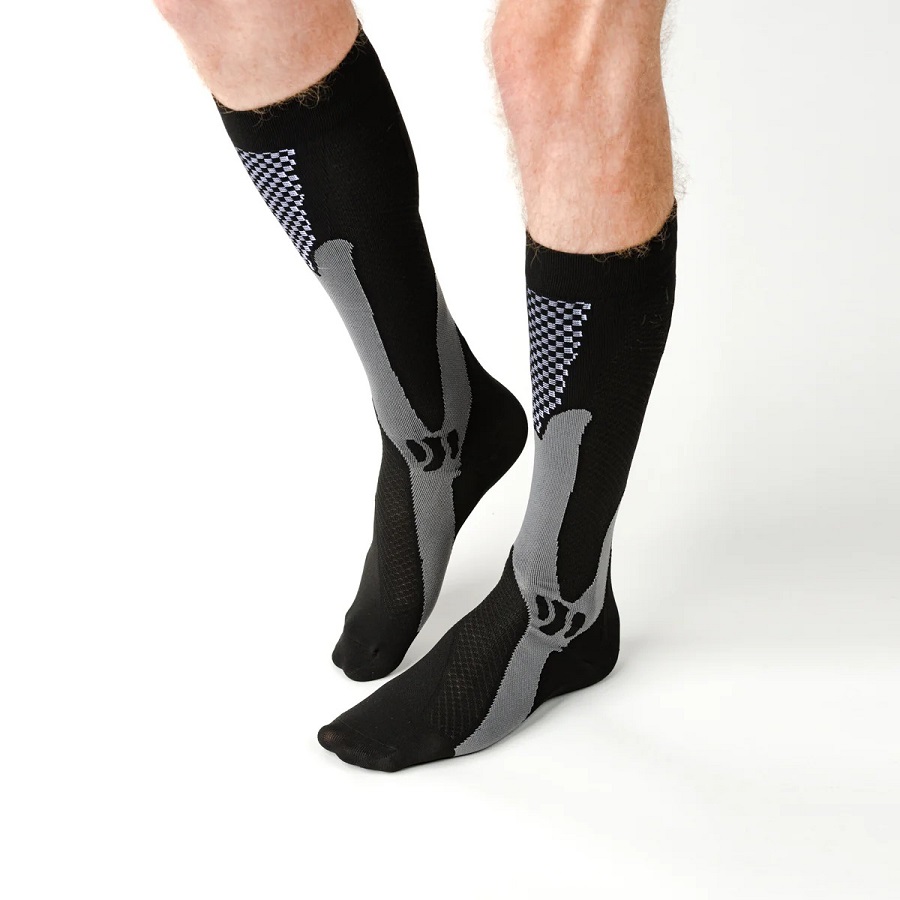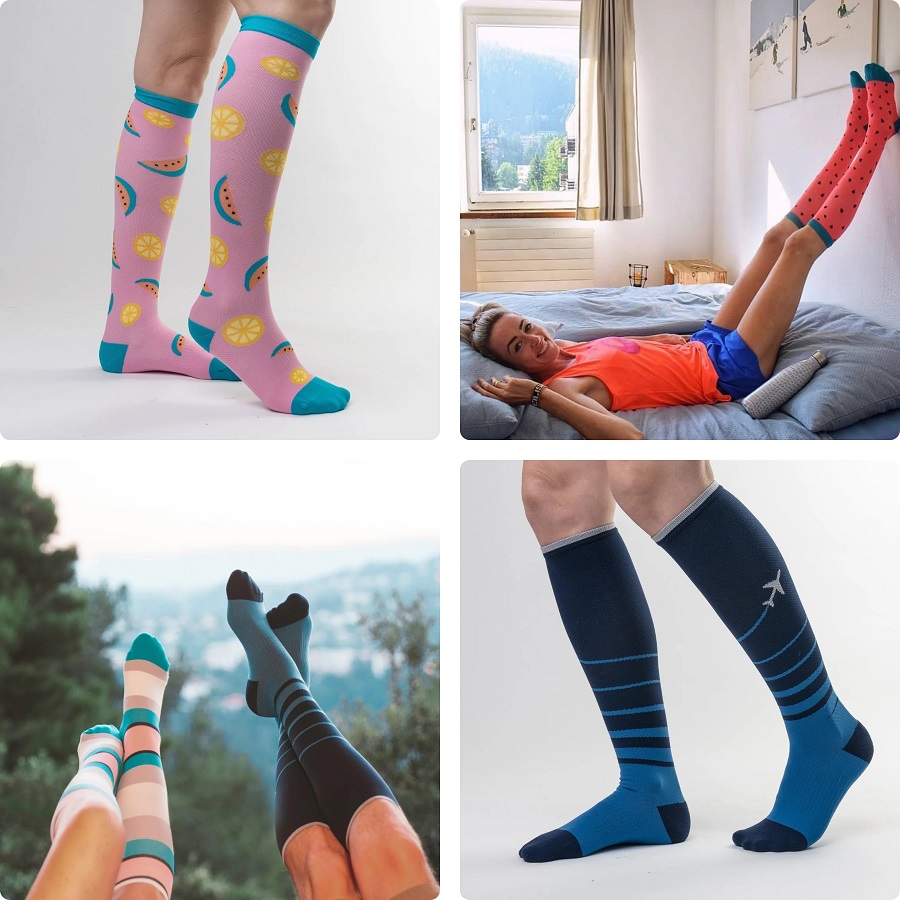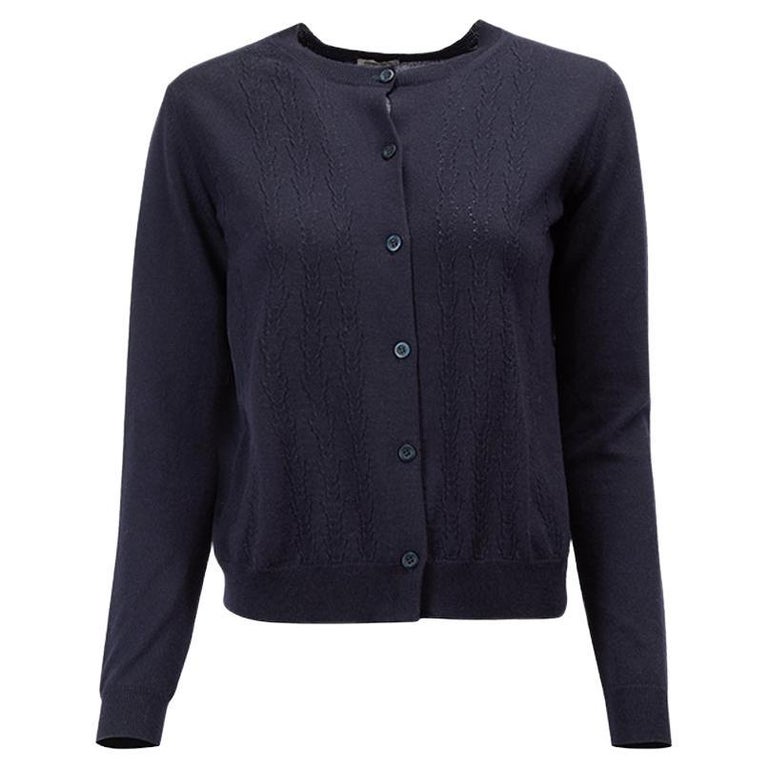Introduction to Compression Socks
Compression socks are special hosiery designed to support and improve circulation. They apply gentle pressure to your legs and ankles. This pressure promotes blood flow from your legs to your heart. It can help reduce pain and swelling in these areas.
Doctors often recommend compression socks for various health conditions. They are especially useful for people with chronic venous insufficiency, deep vein thrombosis, and diabetes. Athletes also wear them to enhance performance and speed up recovery.
‘How long should I wear compression socks?’ is a common question among users. The duration can vary based on the reason for wearing them. Generally, it is safe to wear them all day. You should take them off before bed unless advised otherwise by a healthcare provider.
It’s important to choose the right size and compression level for your needs. A professional fitting may ensure you get the maximum benefits. We will explore this topic further in the guidelines for daily wear of compression socks section.
When starting to use compression socks, integrate them into your routine gradually. This allows your body to adjust to the pressure. Then, follow the instructions provided by your healthcare provider or the manufacturer.

The Benefits of Wearing Compression Socks
Wearing compression socks offers multiple health and lifestyle advantages. These tightly fitting socks can help in several ways.
Improved Circulation
Compression socks support better blood flow. They reduce the risk of blood clots. This is vital for preventing deep vein thrombosis.
Reduced Swelling and Pain
By boosting circulation, these socks can decrease swelling. This makes them perfect for long flights or during pregnancy.
Enhanced Athletic Performance
Athletes benefit from wearing compression socks. They often experience less muscle fatigue and faster recovery after exercise.
Prevention of Varicose Veins
With regular use, compression socks may prevent the progression of varicose veins. They reduce the stress on your veins.
Better Support for Chronic Conditions
People with conditions affecting the legs, such as venous insufficiency, find relief with compression socks.
Assistance During Hospital Stays
During hospital stays, especially after surgery, compression socks can prevent blood pooling in the legs.
Each of these benefits responds to the question ‘how long should I wear compression socks’ by underlying their importance for continuous wear, based on individual needs and circumstances.
Determining the Right Duration for Compression Socks Use
When it comes to determining how long you should wear compression socks, there isn’t a one-size-fits-all answer. The duration depends on the individual’s needs, lifestyle, and health condition. Here are some general guidelines that can help you make an informed decision.
Consider Your Health Condition
If you have a specific medical condition, follow your healthcare provider’s advice. For chronic issues like venous insufficiency or deep vein thrombosis, longer wear might be necessary.
Listen to Your Body
Pay attention to how your legs feel. If you experience discomfort or any adverse effects, it’s time to take a break.
Follow Manufacturer’s Guidelines
Read the instructions that come with your socks. They will guide you on optimal wear times.
Balance with Lifestyle Needs
Adjust wearing times based on your daily activities. If you’re active, you might wear them longer than on a rest day.
Remember to integrate compression socks into your routine gradually. Start for a few hours a day and then increase as necessary. Always consult a healthcare professional if you’re unsure about the duration of use appropriate for your situation.

Situations When Compression Socks Are Recommended
Compression socks are not just for medical conditions. They are useful in several daily scenarios. Here are some key situations where wearing compression socks is beneficial:
- During Prolonged Sitting or Standing: If your job involves hours of sitting or standing, compression socks can help. They reduce the risk of blood pooling and swelling in your legs.
- For Travel: Long flights or car rides increase the risk of deep vein thrombosis. Wearing compression socks keeps the blood flowing.
- When Pregnant: Pregnancy can cause swollen feet and varicose veins. Compression socks help manage these issues.
- During and After Workouts: Athletes wear them to prevent soreness and speed up muscle recovery.
- After Surgery: Postoperative patients often wear compression socks. They prevent complications like blood clots.
- If Prone to Varicose Veins: Regular wear can stop varicose veins from getting worse.
- For People with Chronic Conditions: Those with venous insufficiency or diabetes find them comforting.
Remember to consider ‘how long should I wear compression socks’ in each situation. The length of time will vary based on the activity and your body’s response.
Guidelines for Daily Wear of Compression Socks
Guidelines for daily wear of compression socks can help you make the most of their benefits. To determine how long you should wear compression socks each day, consider the following points:
- Begin with a Gradual Approach: Start wearing your compression socks for a few hours daily. Increase the duration as you become comfortable.
- Adjust to Your Schedule: If you’re active during the day, you might need to wear them longer. On rest days, you might wear them less.
- Consult with Your Doctor: Always check with a healthcare provider to get advice tailored to your health needs.
- Monitor Your Comfort: If your legs start to feel uncomfortable or if you notice any adverse effects, give your legs a break.
- Consider the Compression Level: Higher compression levels might not be suitable for all-day wear. Check with a provider.
- Wear During Active Hours: For most benefits, it’s best to wear compression socks during the day when you’re moving. This is when your legs work against gravity.
- Remove Before Sleep: Unless your doctor advises otherwise, take off your compression socks before going to bed.
By following these guidelines, you can wear compression socks effectively without overdoing it. This will help in reducing the risk of developing issues while still gaining the socks’ full range of benefits.
Potential Risks of Overusing Compression Socks
While compression socks offer several benefits, overuse can lead to potential risks. It’s crucial to maintain balance and heed the guidelines suggested by professionals. Here are notable risks to consider:
- Skin Irritation: Wearing compression socks too long may cause skin irritation or rashes.
- Circulation Issues: Excessive pressure for extended periods might hinder, not help, blood flow.
- Discomfort or Pain: Too much compression can result in discomfort or even pain.
- Loss of Skin Integrity: Extended wear without proper hygiene can lead to breakdown of skin tissue.
To avoid these risks, remember ‘how long should I wear compression socks’ should align with individual health needs and professional advice. Monitor your response to the socks and adjust usage as necessary to ensure safety and comfort. Always consult with a healthcare provider if you have any concerns about overusing compression socks.

Tips for Incorporating Compression Socks into Your Routine
Incorporating compression socks into your daily life can maximize their benefits. Here are some practical tips:
- Start Early in the Day: Put on your compression socks in the morning. Legs are less swollen then, making it easier.
- Pair with Comfortable Shoes: Ensure your footwear complements the socks. Shoes should offer support without being too tight.
- Integrate Gradually: Begin by wearing them for a few hours. Increase time as you get used to them.
- Choose the Right Fabric: Pick moisture-wicking materials. They keep feet dry and prevent blisters.
- Listen to Your Body: If you feel pain or discomfort, it’s a sign to take a break or adjust how long you wear them.
Remember, how long should I wear compression socks will vary for each person. Pay attention to what works best for your lifestyle and needs. Consult your healthcare provider if you have doubts about incorporating them into your routine.
Care and Maintenance of Compression Socks
Proper care of compression socks is essential to maintain their benefits and longevity. Here’s how to do it:
- Wash Regularly: Clean your socks after each use. This keeps them hygienic and in good shape.
- Use Gentle Detergent: Choose a mild soap. Harsh chemicals can damage the fabric and compression.
- Avoid Bleach and Fabric Softeners: These can break down the material and lessen compression effectiveness.
- Hand Wash: Hand washing is gentle on compression socks, helping them last longer.
- Air Dry: Lay them flat or hang to dry. Heat from dryers can harm the elastic fibers.
- Rotate Pairs: Having more than one pair lets you alternate, reducing wear and tear.
- Check for Damage: Look for signs of wear like stretching or holes. Replace as needed.
- Follow Manufacturer’s Directions: Heed the care instructions provided by the sock maker.
By caring for your compression socks properly, you ensure they provide the intended pressure. This is crucial for reaping the full benefits they offer.










